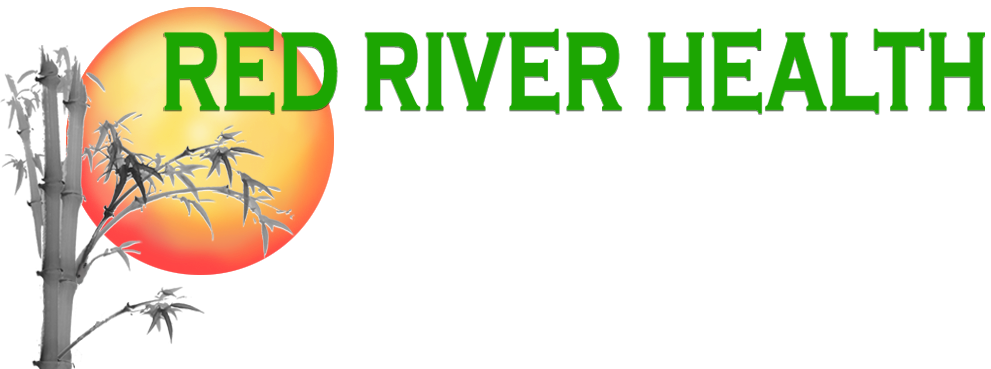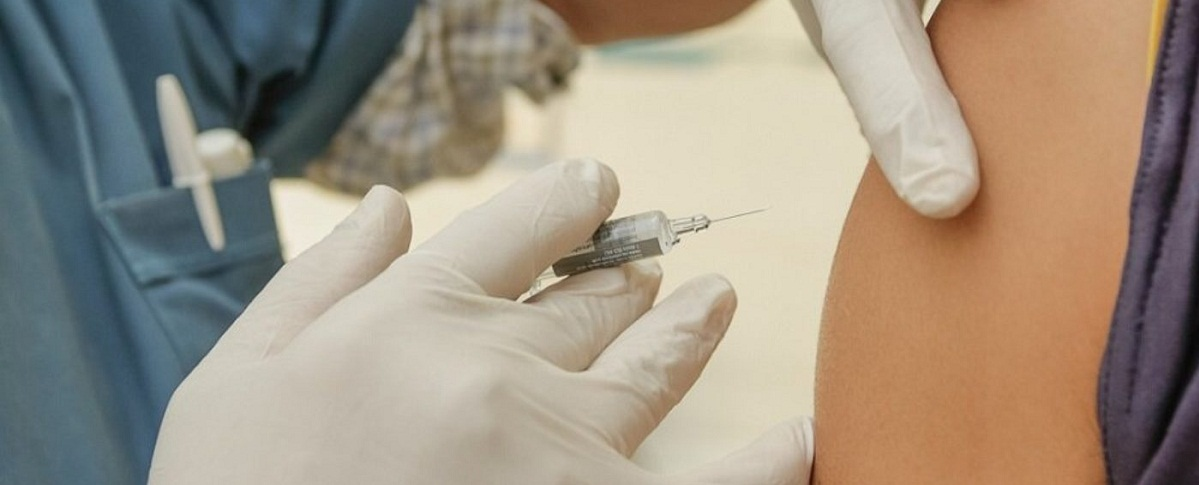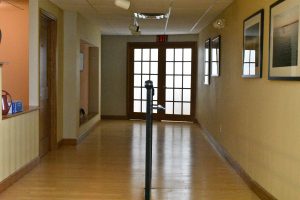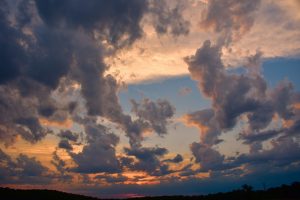Robert Angotti, Lic. Ac.
Last week I started the process of determining if I was eligible for the vaccination. I will share that story but first let me explain why I wanted to get vaccinated.
Why should we get vaccinated?
The coronavirus vaccines are the quickest and safest path out of this pandemic. Exactly one year ago the United States saw its first case of COVID. We have now seen nearly 25 million cases. The number of daily deaths from COVID will decrease as the number of vaccinated citizens increases. There have been over 400,000 COVID deaths in the US as of today. Meanwhile, we are seeing around 4000 new deaths every day.
Epidemiologists suggest that we will need around 75% of the population immune through vaccinations or infections before we can return to normal social behaviors. The current estimates are that we have about 30% of the population immune. Those numbers are very hard to determine, however. It is also difficult to assert the “durability” of that immunity (I will address this point later).
Why did I get vaccinated?
Since the onset of the pandemic it has been clear to me that I simply can’t provide assurances to my patients about my risk to them. I have never know if I might be a carrier, and this disease could be very hard on some of my patients. Keeping the clinic open has been a risk and your support through that risk has meant a great deal.
Throughout the pandemic I have studied and administered Chinese herbal protocols for the prevention and treatment of COVID. I’m pleased to say these protocols have proven to be effective and helpful for patients. Nevertheless, my ability to treat COVID doesn’t reduce my risk of causing symptomatic spread. I chose to get the vaccine in order to remove a potential host for the virus and thereby reduce the risk I pose to my clients and community.
The many unknowns
Currently, virologists and epidemiologists don’t know if those vaccinated are less likely to carry the virus. My understanding is that the greater the virus load in a host, the greater the chances of cross infection to those exposed. It’s therefore likely that a vaccinated person carries a very small viral load and is minimally infectious. However, we simply haven’t had enough time with vaccinated people in the population to know if they still serve as potent carriers of the virus. Once vaccinated, we should continue to practice distancing at least until we learn that we are not carriers or until we successfully corral the spread.
Likewise, we don’t know how durable (long lasting) the vaccine immunity is. Some vaccines provide a lifetime of immunity. Others need boosters or modifications as viruses mutate. It will take time for us to learn the durability of the COVID vaccines and each vaccine may vary. Until we know how long our immunity lasts we will need to keep up with safe protocols to slow the spread even once we are vaccinated.
There are currently multiple strains of this virus circulating. The strains have unique codes used to label them but they are also being named based upon the location in which they have proliferated. For example there is a “UK” strain, a “Brazil”, a “South Afirca” strain and it sounds as if there is also at least one “California” strain. Scientists don’t know if the vaccines provide immunity to all these different strains. However, we are seeing that several of these strains are significantly more transmissible. Scientists also point out that the more people that become infected, the more the virus has a chance to mutate and adapt.
Finally, we don’t know the long term risks associated with the vaccines. Side effects to date have been minimal and mimic what would be expected from the flu vaccine. A reaction from the body such as a slight fever or soreness at the shot location indicates the bodies defenses are activated. This response is they way that we acquire immunity and is a sign that the immune system is reacting. Nevertheless, it will take months or maybe even years for us to know the long term effects of the vaccine, if there are any. For me, the risks of further deaths within the population and the economic fallout of a prolonged pandemic outweigh any risks of potential long term effects.
My vaccination experience
As a healthcare worker, I knew I was on the list for receiving the vaccine early. Nevertheless, I felt that there were many ahead of me that needed the vaccine more than me. To reduce unnecessary deaths health care workers, the elderly and our more vulnerable citizens should be vaccinated first. However, it was brought to my attention that vaccines were available at some area locations but the supply was greater than the demand. I have also heard stories of vaccines going unused in other areas of the nation. Meanwhile, as of today, there is national shortage of vaccines disrupting the roll out.
I started to pursue the vaccine by calling the ND department of health, which then directed me to the Fargo Cass Public Health Department. I was able to speak with someone through that contact who confirmed my eligibility. The county representative asked for my email contact information and explained that I would be contacted soon.
Then next day I received an email from Fargo Cass Public Health. In that email I was offered several vaccination dates as options. Selecting a day loaded a registration website where I entered the relevant information and choose a time of day for the vaccination. This all went smoothly and took no more than 10 minutes.
I arrived for my appointment and found only one other person in line ahead of me. Within minutes I was directed into the area where shots were being administered. A vaccinating nurse was available to me immediately. She asked a few questions and then administered the shot . The shot was painless and I was asked to sit in a nearby area for 15 minutes just to be certain there were no adverse reactions. There were none. While I waited I registered my cell phone number for daily check-ins from the CDC. I was in and out in 20 minutes.
The CDC texted me for a report of symptoms which I provided over the next two days. The site of the shot was achey for the first day, less so the next day and had no issues the third day. My next shot is 21 days after the first.
The closing innings
Dr. Osterholm has been using the metaphor of baseball game to describe his view on this pandemic’s lifespan. I have been listening to his podcast regularly and he seems to have stopped using the metaphor a few months back. At that time we were still in the middle innings.
Baseball doesn’t have a game clock. The time doesn’t run out. Baseball also doesn’t have tie games. The game is played for as long as it takes to determine a winner at the close of a full inning.
For what it is worth, I see us in the later innings of this game. However, the likelihood of extra innings is increasing because of these new strains. Our participation in the vaccination and our social distancing efforts will be essential in providing the defense we need to close this game out. The pandemic has provided our generation its greatest opportunity to work together, mourn together, and celebrate success together. Stay well!




